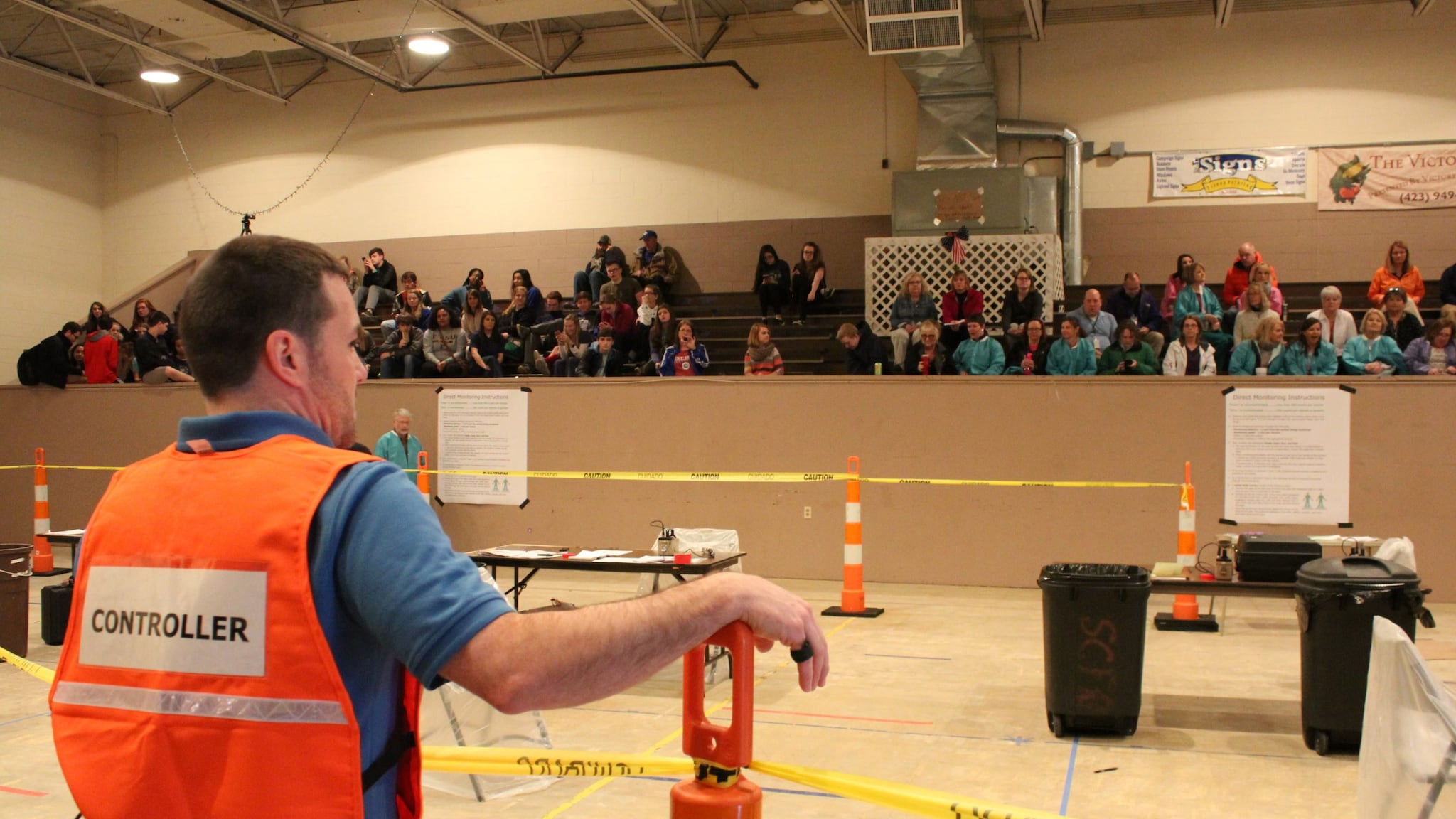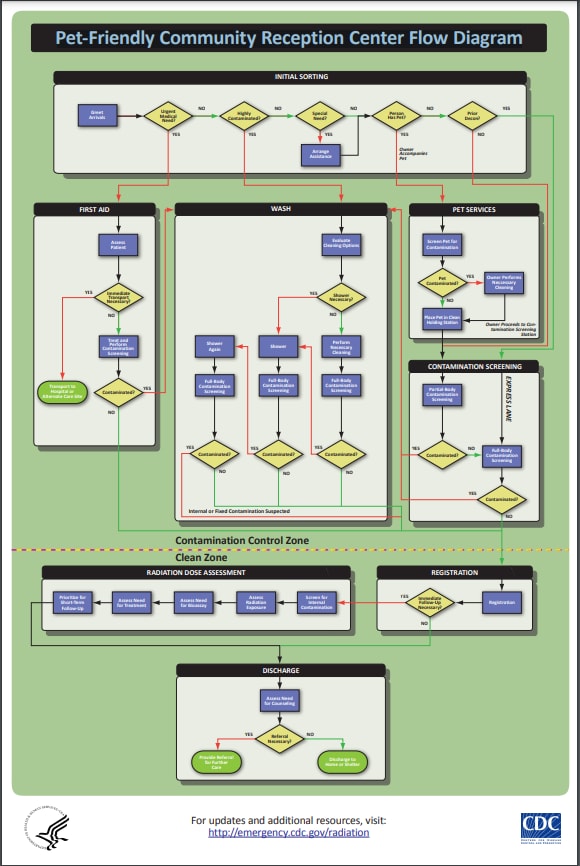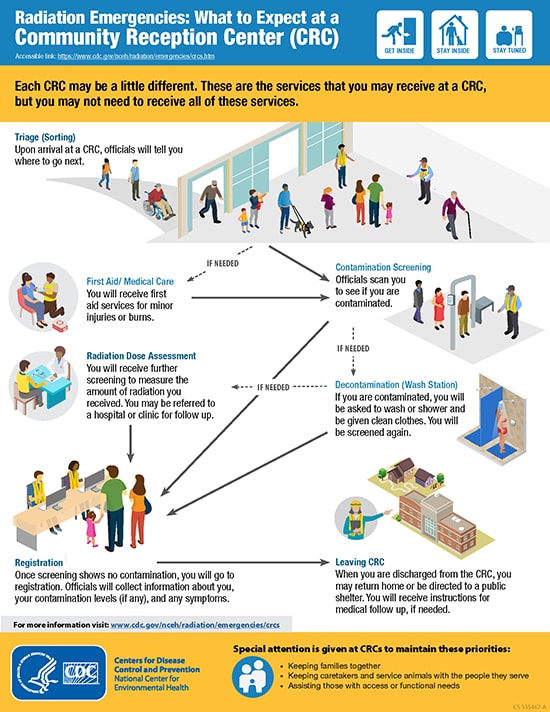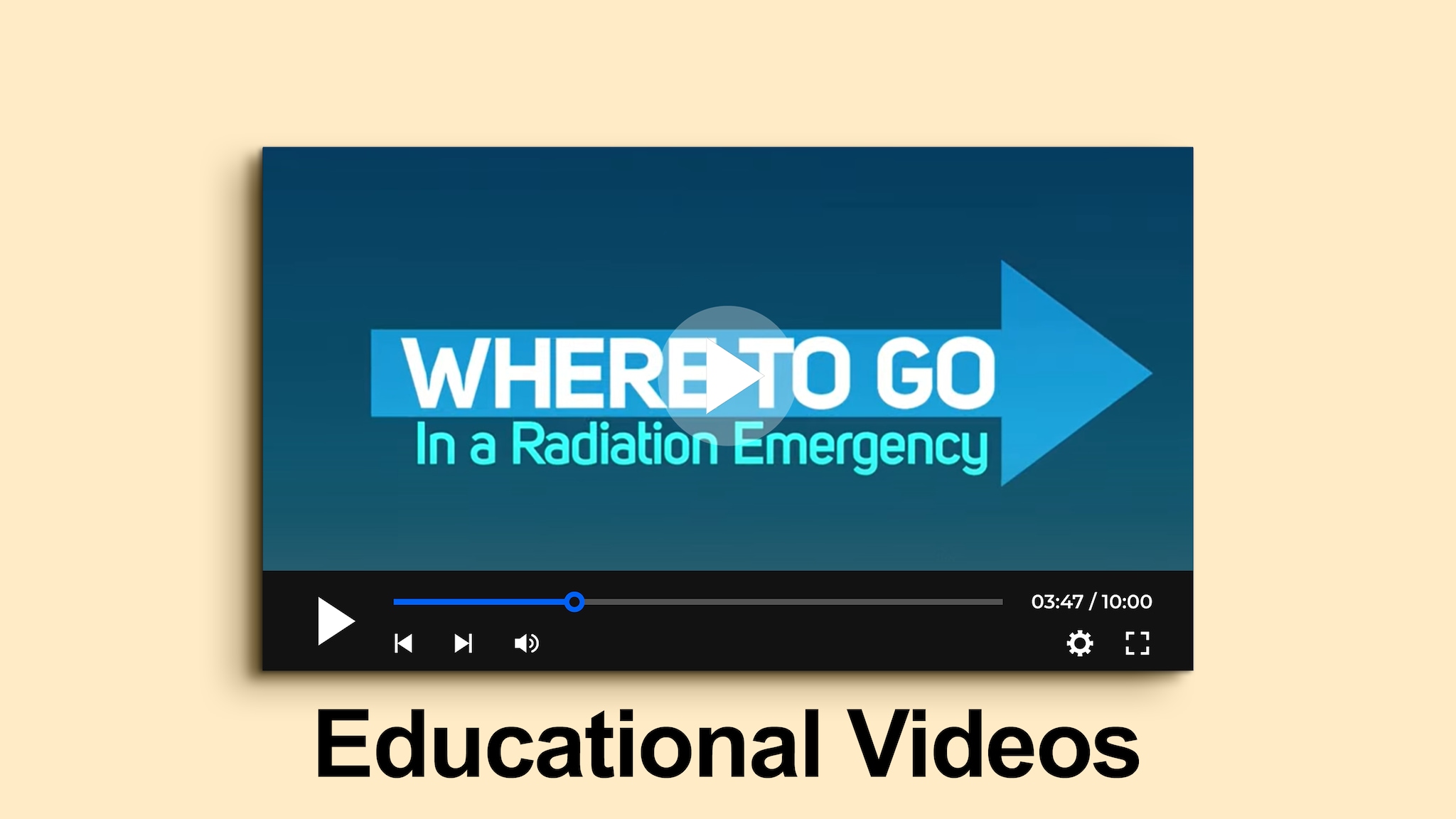Key points
When it is safe to evacuate, emergency response officials may instruct you to go to a community reception center (CRC). People with moderate or major injuries or people experiencing a medical emergency should go directly to a hospital or seek emergency medical care. Do not take them to a CRC.
Always get inside and decontaminate first
If you are in an area impacted by a radiation emergency, get inside as soon as you can.
Make sure to decontaminate (wash):
- Yourself
- Anyone who needs help
- Pets or service animals
If you use medical assistive equipment (like wheelchairs or hearing aids), you can remove radioactive materials using a damp towel, cloth, or wipe.
Do not wait to decontaminate at a CRC. Self-decontaminating while you are sheltering in place will
- Reduce the risk of harmful health effects from radiation by getting radioactive material off you as soon as possible.
- Use the same steps that you would take at a CRC so it is just as effective. When you arrive at a CRC, you will be screened for radiation contamination and will receive further help with decontamination if needed.
- Help everyone move through the CRC stations faster so people can get the services and treatment they need.
People with service animals should bring them with them to CRCs. Some CRCs will also be set up to handle pets. Find out about pet services from your local officials before bringing a pet to a CRC.
Stay tuned for instructions to go to a CRC
Stay inside and listen for instructions from emergency response officials. Emergency response officials will tell people in specific impacted areas when to go to a CRC. They will also monitor radiation levels in the environment to determine when it is safe to leave your home or shelter to go to a CRC.
Emergency officials may also need to find or create a safe path for people to take to the CRC. There may be damage to roads and infrastructure. Officials may set up public transportation to bring people to CRCs, such as using school buses.
Special attention is given at CRCs to
- Keep families together
- Keep caretakers and service animals with the people they serve
- Help people with access or functional needs
What to expect
CRC operations are established by local public health officials. They can differ depending on many factors such as
- Availability of spaces and resources
- Number of trained personnel and volunteers
- The type and size of the emergency
In general, CRCs will be set up with these stations and services.
Triage (initial sorting)
Officials identify the potential needs and priorities for each person or family and provide instructions on the next steps. People may be sorted by:
Suspected levels of contamination. People who may have high levels of radioactive contamination may receive services first (for example, people who were outside, close to the detonation site, or unable to decontaminate before to coming to a CRC).
Risk for harm from radiation. prioritizing those with higher risk for health effects, like infants, children, and people who have weaker immune systems (immunocompromised).
Need for first aid for minor injuries or burns.
Their need for direct assistance with access or functional needs (for example, people who do not speak or understand English and people with disabilities).
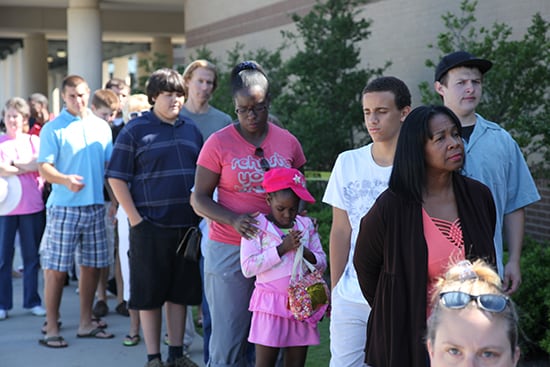
Contamination screening
CRC staff can use many different types of devices to detect levels of contamination by scanning
- People
- Service animals
- Important belongings (like assistive devices, wallets, wedding rings)
If there is no need for further decontamination or first aid services, you may be sent to 'Registration.'
If contamination is detected, you may be sent to the 'Wash Station' or decontamination zone.
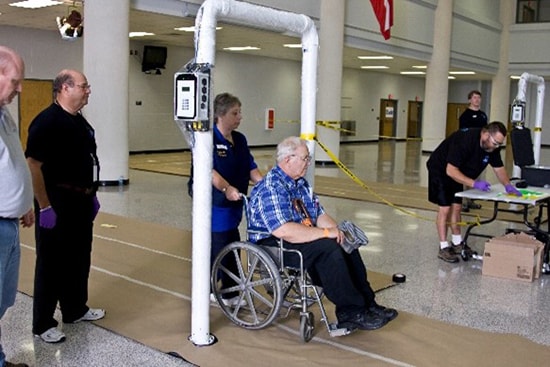
Wash station (decontamination zone)
People who are contaminated can go to the 'Wash Station' for decontamination. Depending on the resources available, CRC managers may decide to use existing indoor shower facilities or an outdoor decontamination unit. If there are no showers, they may use sinks.
At the wash station, CRC staff review contamination screening results to determine the best method of decontamination for each person.
After a person finishes washing, staff perform a full-body screening to ensure the person is clean and can proceed to 'Registration.' Contaminated clothing will be bagged and labeled with your name, and clean clothes will be provided.
People who are still contaminated after a second shower may have radioactive material inside their body, referred to as internal contamination.

First aid and medical care station
Healthcare providers and trained volunteers will provide first aid services to treat minor injuries and burns.
If you need access to medication or care for an underlying health condition, please let a CRC staff member or volunteer know. Depending on resources available, they may be able to help you or help coordinate access to the medical care you need.
Registration
CRC staff will collect information about
- You
- Your levels of contamination found during contamination screening
- Your activities
- Any symptoms that you experienced following the event
Registration staff use this information to determine whether you need immediate follow-up. In some CRCs this occurs in the 'Dose Assessment Follow up Station.'
Registration information may also be used to help reunite people separated from family members.
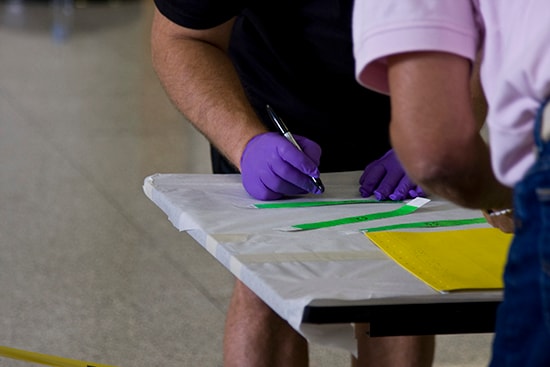
Dose assessment follow up station
You may need further assessment to measure the internal and external dose of radiation you received. Some CRCs may have a 'Dose Assessment Station' on site to perform assessments. You may also receive instructions on where to go for your dose assessment.
CRC staff at 'Registration' will decide who needs further radiation dose assessments based on factors like
- Levels of external contamination when you arrived at the CRC
- Whether you may have internal contamination
- Underlying risks (such as whether you are pregnant or immunocompromised)
As part of the dose assessment process, CRC staff may
- Collect urine to screen for internal contamination.
- Assess radiation exposure dose by collecting blood or using the presence and timing of symptoms.
- Decide if urgent treatment is needed using medical countermeasures.
- Determine need for referral.
Before leaving CRCs
CRCs may also provide counseling and mental health support resources. Before you leave the CRC, you may receive
- Basic information on radiation and health
- Recommended steps to protect your health
- Instructions for medical follow up, if needed
If you cannot safely return to your home after you are discharged from a CRC, you may receive instructions to go to a nearby public shelter.
Resources
- All photos on this page are credited to ORAU contractors.

